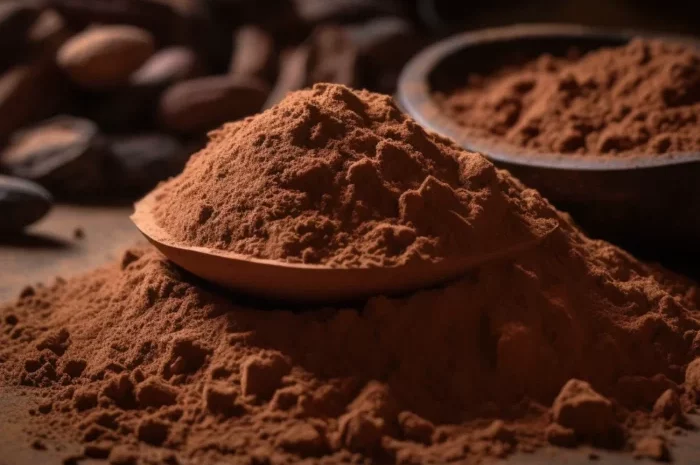Chinese cuisine, with its rich tapestry of flavors and textures, has enamored palates worldwide for centuries. Among its many delights, the tender succulence of chicken dishes stands out as a hallmark of culinary mastery. But what sorcery lies behind this seemingly effortless achievement? How do Chinese restaurants consistently produce chicken so tender that it practically melts in your mouth? Delving into the intricate world of Chinese culinary techniques unveils a treasure trove of methods and secrets that contribute to this culinary phenomenon.
The Role of Marinades: A Symphony of Flavors and Tenderness
At the heart of tender Chinese chicken lies the art of marination. Chinese chefs understand that the key to tenderizing chicken begins long before it meets the heat of the wok. Marinades act as alchemic potions, infusing the meat with a harmonious blend of flavors while tenderizing it to perfection.
One of the primary ingredients in these marinades is soy sauce, a staple of Chinese cuisine renowned for its umami-rich profile. Soy sauce not only adds depth of flavor but also contains enzymes that break down tough muscle fibers, rendering the chicken irresistibly tender. Additionally, ingredients such as rice wine, ginger, garlic, and sugar work in tandem to further enhance the marinade’s complexity and tenderizing effects.
The Art of Velveting: A Silken Touch
Another secret weapon in the arsenal of Chinese chefs is the technique known as velveting. This method involves coating the chicken in a mixture of egg whites, cornstarch, and sometimes rice wine or vinegar before cooking. The chicken is then briefly blanched in hot oil or water, creating a delicate outer layer that seals in moisture and prevents the meat from becoming tough during cooking.
The velveting process imparts a luxurious silkiness to the chicken, elevating its texture to unparalleled heights. Moreover, the protective coating formed around the meat ensures that it remains juicy and tender, even when subjected to high heat in the wok.
The Magic of Cornstarch: A Crisp Exterior, Tender Interior
Cornstarch, a humble pantry staple, plays a pivotal role in the creation of tender Chinese chicken. When added to marinades or used as a coating in velveting, cornstarch acts as a tenderizer and thickening agent, imbuing the chicken with a luscious mouthfeel and glossy sheen.
Furthermore, cornstarch facilitates the formation of a crisp exterior when the chicken is stir-fried or deep-fried, while simultaneously maintaining its tenderness within. This delicate balance between crispy texture and succulent meat is a hallmark of Chinese culinary finesse.
The Wok: A Crucible of Flavor and Heat
Central to the alchemy of Chinese cooking is the venerable wok, a vessel that transcends its utilitarian function to become a crucible of flavor and heat. Chinese chefs wield the wok with virtuosic skill, harnessing its intense heat to impart a tantalizing smokiness to their dishes while ensuring that the chicken retains its tender juiciness.
The high sides of the wok allow for efficient tossing and stirring, ensuring that the chicken cooks evenly and quickly without losing its moisture. Additionally, the concave shape of the wok concentrates the heat at the center, creating the perfect environment for achieving the Maillard reaction—a chemical process that enhances flavor and imparts a delightful caramelization to the chicken.
The Art of Timing: Precision in Execution
In the realm of Chinese cuisine, timing is everything. Chinese chefs understand that achieving the perfect level of tenderness requires precision in execution and an acute awareness of cooking times. Whether stir-frying, steaming, or braising, each cooking method demands careful attention to ensure that the chicken is cooked to tender perfection without being overdone.
Moreover, Chinese chefs possess an intuitive sense of when the chicken has reached the optimal level of tenderness—a skill honed through years of practice and a deep understanding of the principles of Chinese culinary traditions.
Conclusion
In the realm of Chinese cuisine, the tender succulence of chicken is not merely a culinary feat but a testament to the artistry and mastery of Chinese chefs. Through the judicious use of marinades, the meticulous application of velveting, and the deft manipulation of heat and timing, Chinese restaurants unlock the secret to achieving chicken of unparalleled tenderness.
As diners around the world continue to savor the delights of Chinese cuisine, let us pause to appreciate the centuries-old traditions and techniques that lie behind each succulent morsel. In the symphony of flavors that is Chinese cooking, tender chicken stands as a shining example of the harmonious marriage of technique and tradition—a testament to the enduring allure of this culinary treasure.
Related Topics:
How Do I Make Chinese Fried Rice



























